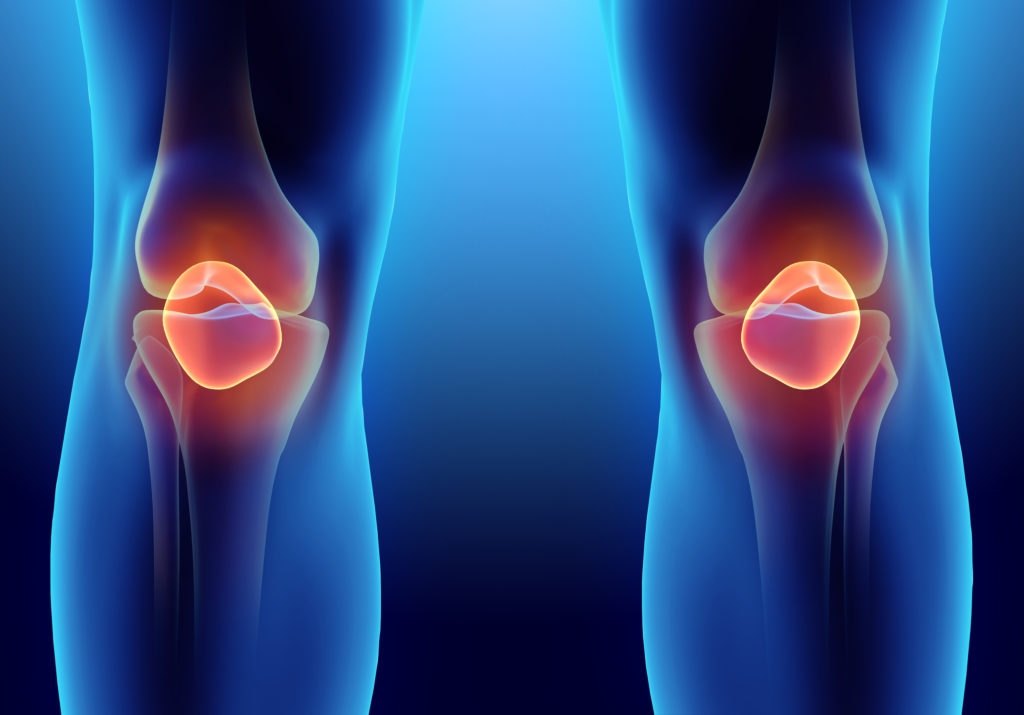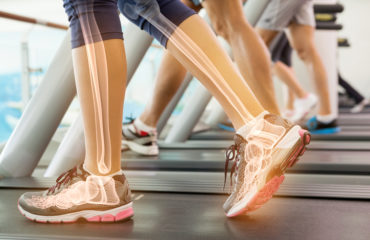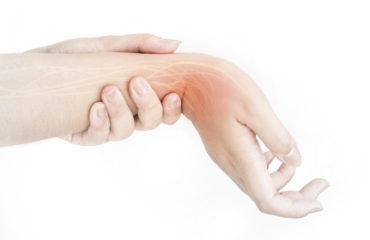Patellar instability occurs when the patella bone slides partly out of the groove it should normally sit inside. The kneecap is held in place by various tendons and ligaments. Due to the anatomy, the knee tends to be an unstable structure that is made worse by injury or overuse. Patellar instability can be a difficult condition to live with because it can keep you from normal activities and can cause pain. Fortunately, there are ways to help patients suffering from patellar instability.
In extreme cases of patellar instability, the knee may look out of place. However, this is not always necessary. Most people who experience patellar instability experience feelings of pain, swelling, stiffness, difficulty walking, and buckling of the knee. These symptoms may always be present or may come and go depending on the day. While there are some cases in which the kneecap moves back into place, there are other cases that require a trip to a physician to have the kneecap put into its correct position. Patellar instability occurs in some patients due to a knee injury. However, other patients never experience a knee injury and are just more prone to the condition.

Patients who are suffering from knee pain require an accurate diagnosis before the pain can be treated. Typically, patellar instability is diagnosed through a physical examination, patient history, and various imaging exams. Once the diagnosis is confirmed, treatment can begin. In mild cases, rest and ice may be enough to allow the patella to go back into place on its own. However, in certain cases, bracing may be needed. Bracing helps keep the knee in place, which allows it to heal properly. Some people may need to wear braces while working out or performing physical activity if they have a history of recurrent instability.
While ice, rest, bracing, and physical therapy is typically sufficient, there are some people who suffer from severe chronic patellar instability. For these people, surgery may be necessary. Surgery for patellar instability can include reshaping the bone, dealing with soft tissue, or a combination of both depending on what is causing the instability. The goal of this surgical procedure is to realign the kneecap and put the patella back into place. While surgery is necessary in some cases, it should be a last resort due to the associated risks and length of recovery.
Patellar instability is not a life-threatening emergency. However, when chronic, it can greatly affect a person’s quality of life. We use our knees for so much, including walking, working out, playing with our kids, and getting to work. Chronic patellar instability can create severe lifestyle problems for those who suffer from the condition. Fortunately, whether your patellar instability is caused by injury or your personal anatomy, there are various ways to offer relief. The conservative options such as rest, ice, physical therapy, and bracing are always preferred to the more aggressive options like surgery. Consulting with an orthopedic specialist is key in determining which treatment is right for you.


